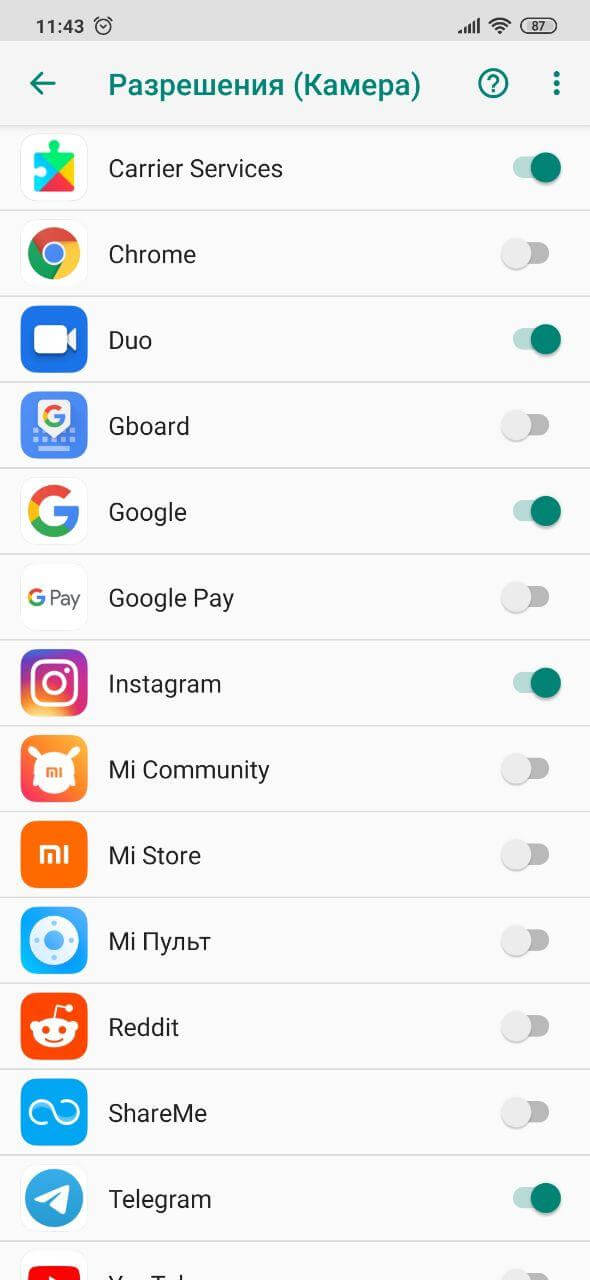Security is an extremely serious thing, which is probably important for every user. Who wants to be spied on or could steal your data? Nobody wants that. Who wants big companies to know where you are? Who wants third-party apps to have access to personal data? Nobody wants that. And that's why we propose to take a number of actions to reduce control over your device and make it safer to use. To do everything so that no one can ever follow you.

How do I make Android safe?
I would divide the concept of security into two parts. There is one side in which we protect our data from intruders who spread viruses and various fraudulent software, which, getting on a smartphone, can send our data to third parties. You can also share data with others if you lose your phone with the device search function turned off. That is why we do not recommend disabling it.
There is also a second side – this is the transfer of data to large companies whose services you use. Android is an open source operating system that does not store user data on its own servers. Anyone on the base Android can release their own device, and no one will stop him. However, everyone knows that, as a rule, Android – phones are distributed with Google services as the only source of truth. This is undoubtedly bad, because the lack of competition and alternatives will not lead to anything good. Today there is simply no worthy replacement for Google services on Android – smartphones. And without them, the phone turns into a useless gadget: no app store, no map services, or anything else. In a word – a piece of iron, from which there is no benefit.
That is why the only thing left for us is to come to terms with what we have. And we have a friendship with Google. And we need to find a common language with her. The company offers a number of settings to help make phone use less tracked and safer.
Let's use each function in order. In the phone settings, go to the Google section. Next, click on “Manage Google Account”. This button should be under the avatar. In this section, we will see several subsections that are important to us – these are “Data and Personalization” and “Security”.
Let's start with the latter. The Security section offers the ability to activate 2-Step Verification and sign in with your phone. 2FA will prevent you from logging into your account even if the password is brute-force. In addition, I do not recommend storing passwords in your Google account, as even 2FA cannot protect you 100% from hacking.


Now let's move on to the most important thing – the “Data and Personalization” section. This is where the activity tracking features will be activated by default. They need to be disabled. These are “App and Web Search History”, “Location History”, “YouTube History” and “Advertising Personalization”. All of these items are part of the “Activity Tracking” section, which can be accessed by clicking on the “Activity Tracking Settings” button in the “Data and Personalization” subsection.


The only feature I would recommend leaving enabled is YouTube History. In this case, Google will better tailor recommendations to your interests. And since we use YouTube a lot, disabling this feature will negatively affect your video hosting experience.


The rest can be safely disabled, some of them, for example, respond to personalized ads. But why do we need advertising, right? In addition, Google allows you to download and delete data that has already been collected about you, which will be useful for many.
It is also very important not to use custom firmware. Who knows what code the developer has built into the system. Maybe he will steal data and spy on you, and you will never know about it. In addition, when using custom firmware, the fingerprint scanner, as well as various banking applications, as a rule, stops working, which will make the use of the device not very complete. In addition, Google Pay may not work for many when using custom firmware.
Another way to secure your phone use will be special stickers for gadgets, which are transparent on one side and completely black on the other thanks to a special filter surface. This sticker can be glued to the main and front cameras of the device. Outwardly, they will not be noticeable, but now no one can follow.
I also recommend in the application permissions section to deny access to permissions for those applications that you think are dubious. For example, a game may require permission to make calls or access contacts, which is not normal.


If you don't like the Chrome browser and think it's not very secure, you can take a closer look at Microsoft Edge. We recently compared it to Google's browser. In this comparison, solution Microsoft is the winner. Also, take a look at various private browsers like Firefox Focus or Aloha.

Earlier it was reported that Google will make tab management more convenient. Along with safety, it is important that fiddling with the phone does not become addiction. To control the use of the device, Google has released 3 applications. In addition, the company recently promised to monitor less Chrome users.
What ways do you know to secure your smartphone use? Share your opinion in the comments and don't forget about our Telegram chat.
